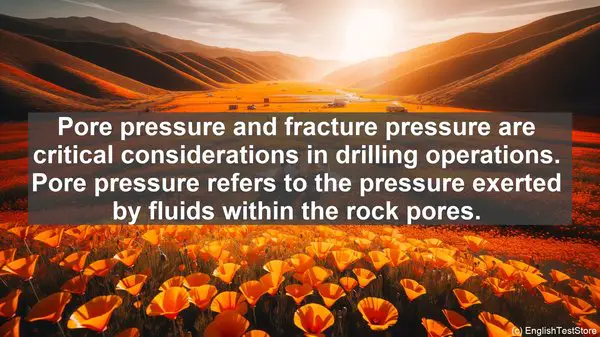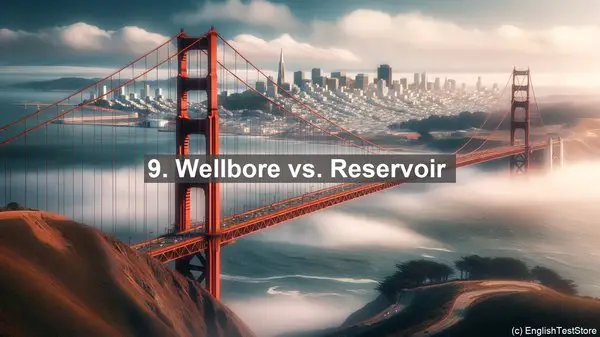Introduction
Welcome to today’s lesson. In the field of petroleum engineering, there are several words that often cause confusion. Understanding these terms correctly is crucial for effective communication and problem-solving. So, let’s dive into the top 10 commonly confused words in petroleum engineering.
1. Reservoir vs. Reserve
The terms ‘reservoir’ and ‘reserve’ are often used interchangeably, but they have distinct meanings. A reservoir refers to the underground formation that contains oil or gas. On the other hand, a reserve represents the portion of the reservoir that can be economically extracted. While a reservoir may have a vast volume, the reserve is the economically viable portion.

2. Porosity vs. Permeability
Porosity and permeability are both important properties of a reservoir rock. Porosity refers to the percentage of void spaces or pores in the rock, while permeability measures how easily fluids can flow through those pores. A high porosity indicates the potential for storing fluids, while high permeability suggests the ease of fluid movement.
3. Primary vs. Secondary Recovery
When it comes to oil extraction, primary recovery refers to the initial phase where natural reservoir pressure or artificial lift methods are used to bring oil to the surface. However, as the reservoir pressure declines, secondary recovery techniques are employed. These methods, such as water or gas injection, help maintain reservoir pressure and enhance oil recovery.
4. Sweet vs. Sour Crude
Crude oil can be classified as sweet or sour based on its sulfur content. Sweet crude has a low sulfur content, making it less corrosive and easier to refine. In contrast, sour crude contains a higher sulfur content, which requires additional refining processes to remove the sulfur compounds. The choice between sweet and sour crude depends on various factors, including environmental regulations and refining capabilities.
5. Upstream vs. Downstream
The petroleum industry is often divided into three sectors: upstream, midstream, and downstream. Upstream activities involve exploration and production, such as drilling wells. Downstream activities, on the other hand, focus on refining, distribution, and marketing of petroleum products. Midstream activities bridge the gap between the two, including transportation and storage.
6. API Gravity vs. Specific Gravity
Both API gravity and specific gravity are used to measure the density of petroleum liquids. API gravity is a relative scale, with higher values indicating lighter and potentially more valuable oils. Specific gravity, on the other hand, is an absolute scale, comparing the density of a substance to that of water. While API gravity is commonly used in the industry, specific gravity is more precise for scientific calculations.
7. Conventional vs. Unconventional Reservoirs
Conventional reservoirs are typically easier to produce from, as they have well-defined trapping mechanisms and good permeability. Unconventional reservoirs, on the other hand, have complex geology and low permeability. Extracting oil or gas from unconventional reservoirs often requires advanced techniques, such as hydraulic fracturing or horizontal drilling.
8. Pore Pressure vs. Fracture Pressure
Pore pressure and fracture pressure are critical considerations in drilling operations. Pore pressure refers to the pressure exerted by fluids within the rock pores. Fracture pressure, on the other hand, is the pressure required to create or extend fractures in the rock. Accurate knowledge of these pressures helps ensure drilling safety and prevent wellbore instability.

9. Wellbore vs. Reservoir
While both wellbore and reservoir are related to oil and gas production, they refer to different entities. A wellbore is the hole drilled into the ground, typically lined with casing to maintain stability. The reservoir, as mentioned earlier, is the underground formation that contains the hydrocarbons. The wellbore acts as a conduit to extract the fluids from the reservoir.
10. Gas Cap vs. Water Drive
In some reservoirs, there are natural mechanisms that drive oil production. A gas cap, as the name suggests, is a layer of gas that sits above the oil. The gas expands, pushing the oil towards the production well. In contrast, a water drive involves the influx of water from an adjacent aquifer, displacing the oil and driving it towards the well. Understanding these mechanisms helps optimize production strategies.
